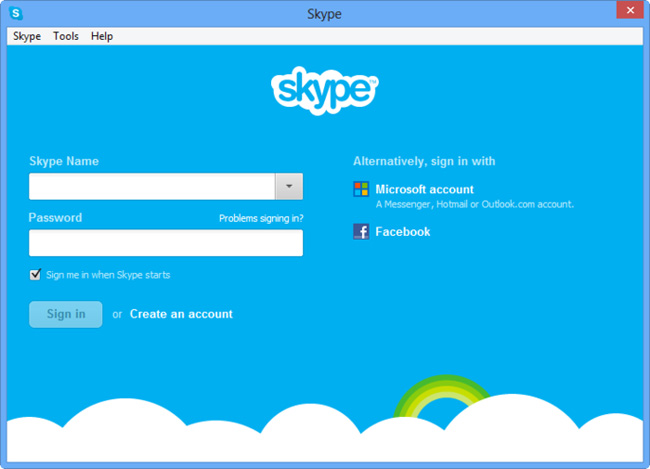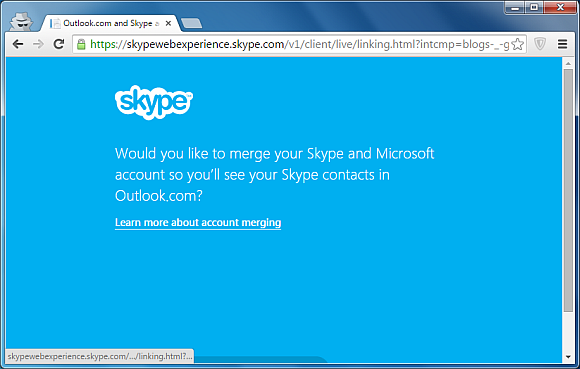

6) Follow the on-screen instructions to sign in. 5) Once installed, you'll find the Skype icon (a blue cloud with a white “S”) on the Launchpad, and in the Applications folder.

The icon to drag is the blue cloud with a white “S” inside. It should have a name similar to “Skype-8.280.41.dmg.” 4) Drag the Skype icon to the “Applications” folder. 3) Double-click the installer you just downloaded. This downloads the installer to your computer. It’s the large button on the left side of the page.


You can download Skype using any web browser on your computer, such as Safari or Chrome. Apple is doing the right thing here when you have a large number of users, tools such as JAMF will help you scale your administrative power to a large number of users. This is the easiest way IMHO to scale administrators to a large group that needs to manage Macs.Īs painful as it seems, it is true that computer experts should be left in charge of decisions about changing the system indeed, the number 1 virus method right now for macintosh is "fake updates". We have been using it to good effect to deal with software updates, and to allow users to install software that has been blessed using special packages distributed on demand. If you are an administrator and need to temporarily "elevate the privilege" of a user to administrator for a specific action, there is a tool called JAMF ( see ) that can help you manage that across a large number of computers. Unfortunately software updates come more often than regular installations so they pose a unique problem. This type of protection goes beyond system permissions and really helps protect the System from attacks. This should protect third-party apps from being tampered with, having code injected, or having processes attached to them, all common techniques for gaining control of an app or its services. The installer should be asking for administrator intervention when changing a system area.Īpple's SIP (System Integrity Protection) goes a step further to prevent the file permission changes you attempted from working as expected, and in Mojave this protection was extended to third party applications:Īpple includes a number of new security-related upgrades in Mojave, but for SIP the big change is that it was extended to cover third-party apps and not just those supplied by Apple. Your suggested workarounds break this line by either weakening the permissions on an important system area (the applications folder) or "elevating" the permission of the user by increasing run-time permissions. The purpose of running non-administrator is to prevent a user to accidentally or by social engineering attack "install something bad" into the system. Regardless, skype works fine without taking the step, but it is an annoyance. The second comment seems to be the way to solve the problem that Skype does NOT update we continually have to "install the helper app".


 0 kommentar(er)
0 kommentar(er)
